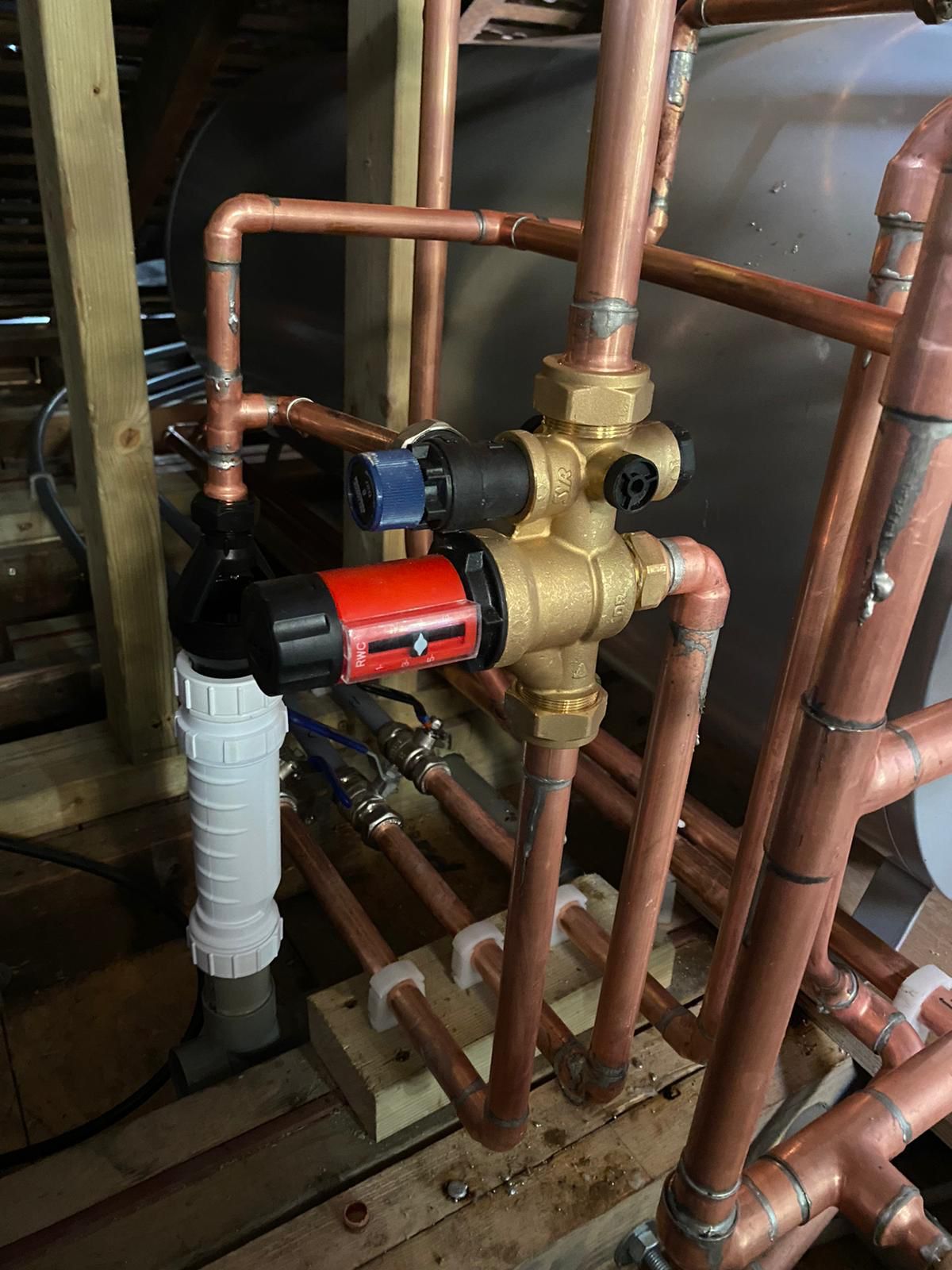
An air source heat pump (ASHP) is a highly efficient and cost-effective way to heat and cool your home. Unlike traditional heating systems that rely on fossil fuels, an ASHP uses the heat from the air outside to warm your home in the winter and transfer heat out of your home in the summer to cool it. This not only reduces your carbon footprint and energy costs but also provides a comfortable living environment all year round.
Before diving into the installation process, it’s important to understand the basics of an ASHP system and assess whether it’s the right choice for your home. ASHPs are most effective in milder climates, although they can still be used in colder regions with proper insulation and design. It’s also important to consider the size of your home and the type of ASHP unit that will best suit your needs.
Once you’ve determined that an ASHP is the right choice for your home, the next step is to prepare for the installation. This includes assessing the site where the outdoor unit will be installed and planning the layout of the refrigerant lines. It’s important to make sure that the outdoor unit has adequate clearance and is protected from potential damage.
The installation process itself involves connecting the ASHP to your existing HVAC system and electrical supply. The outdoor unit is installed and the refrigerant lines are connected. Proper insulation and sealing must also be done to ensure optimal performance. After the installation is complete, the system is tested and commissioned to ensure that it’s working correctly.
It’s important to maintain and service your ASHP regularly to ensure that it continues to function at its best. This includes cleaning the filters, checking the refrigerant levels, and ensuring that the system is properly lubricated. Regular maintenance will not only extend the lifespan of your ASHP but also improve its efficiency and comfort.
Installing an ASHP is a significant investment, but the long-term financial benefits are significant. ASHPs are highly energy efficient, which can lead to lower energy bills and a quicker return on investment. They also qualify for various government incentives and rebates, making them an even more cost-effective option.
In conclusion, an air source heat pump (ASHP) is a highly efficient and cost-effective way to heat and cool your home. It provides a comfortable living environment all year round, and the financial benefits are significant. With proper installation, maintenance, and service, an ASHP can provide a lifetime of comfort and cost savings.
Assessing Your Home’s Suitability for an ASHP Installation
Assessing your home’s suitability for an air source heat pump (ASHP) installation is an important step in determining whether an ASHP is the right choice for your home. There are several factors to consider when assessing your home’s suitability, including climate, insulation, and the size and layout of your home.

Climate: ASHPs are most effective in milder climates with relatively moderate heating and cooling needs. In colder climates, an ASHP may not be able to provide enough heat to keep your home warm during the winter. If you live in a colder climate, it is important to ensure that your home is well insulated and designed to retain heat.
Insulation: Proper insulation is essential for an ASHP to function effectively. If your home is poorly insulated, heat will be lost quickly, making it difficult for the ASHP to maintain a comfortable temperature. Before installing an ASHP, it’s important to ensure that your home’s insulation is up to date and adequate for your climate.
Size and layout of your home: The size and layout of your home are also important factors to consider when assessing suitability for an ASHP. Larger homes or homes with multiple levels will require a larger ASHP unit to properly heat and cool the space. It’s important to consult with a professional to determine the right size ASHP unit for your home.
Other factors to consider include the age of your home, the existing HVAC system, and the availability of space for the outdoor unit. By considering all of these factors, you can determine whether an ASHP is the right choice for your home and what type of ASHP unit will best suit your needs.
In summary
Assessing your home’s suitability for an ASHP installation is important to ensure that an ASHP is the right choice for your home. Factors such as climate, insulation, and the size and layout of your home should be taken into consideration. Consult with a professional to help you determine your home’s suitability and the right size and type of ASHP unit for your needs.
